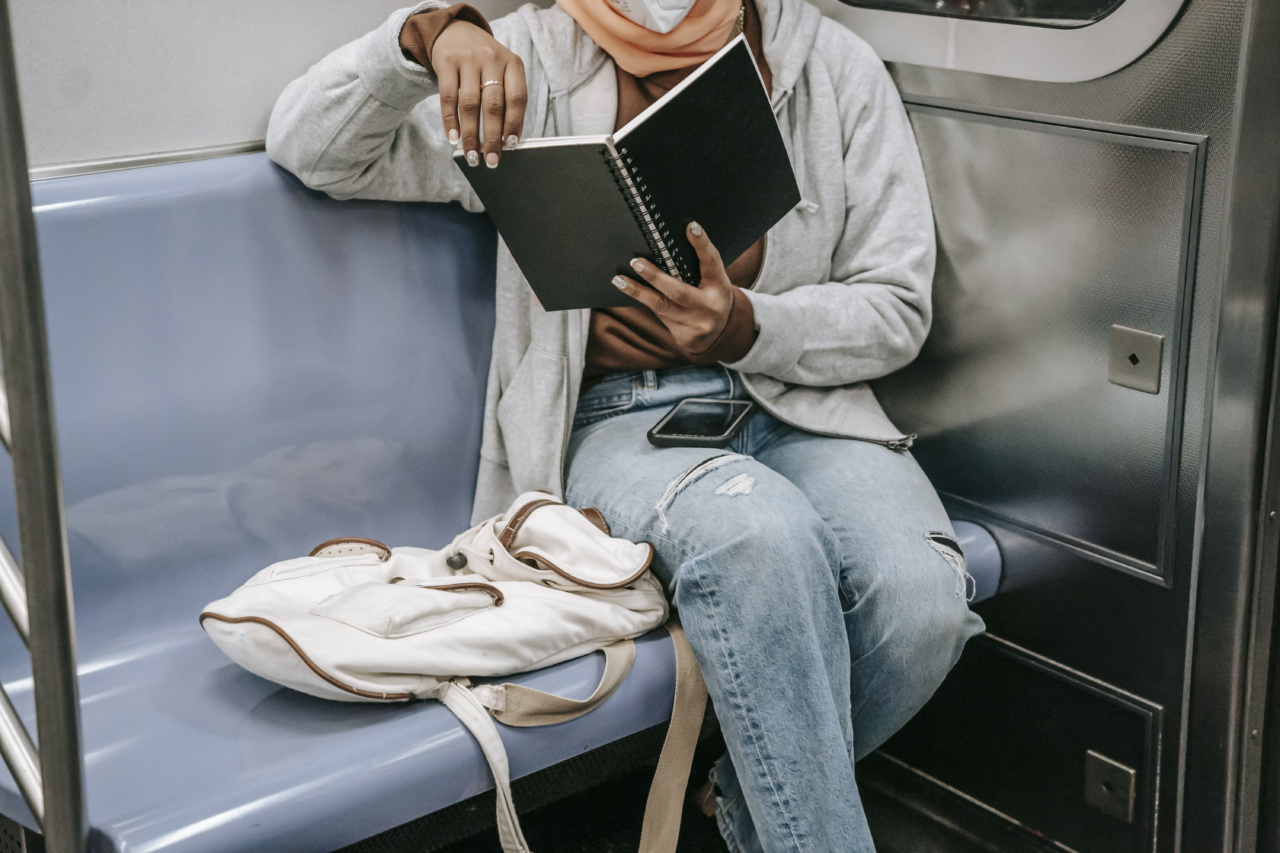A recent study has found that wearing masks while using public transportation can significantly reduce the risk of infection.
The study, conducted by a team of researchers from various institutions, explored the impact of mask-wearing on the transmission of respiratory illnesses in high-density settings such as buses, trains, and airplanes. The findings suggest that masks could potentially reduce infections on transport by up to 93.5%.
The importance of wearing masks on public transportation
Public transportation has long been recognized as a potential hotspot for the spread of infectious diseases.
The close proximity of individuals, shared surfaces, and limited airflow create an environment where respiratory viruses can easily be transmitted from one person to another. In the midst of the ongoing COVID-19 pandemic, the need to curb transmission on public transport has become even more critical.
Wearing masks has been widely recommended by health authorities as an effective measure to prevent the spread of respiratory droplets, which are the main carriers of viruses like SARS-CoV-2, the virus responsible for COVID-19.
While the efficacy of masks in reducing community transmission has been established, their specific impact in high-density settings like public transport has remained a topic of debate.
The study methodology and findings
To address this question, the research team conducted a comprehensive study that involved analyzing data from various transportation networks in different countries.
The researchers took into account factors such as passenger numbers, seat occupancy, air circulation, and other variables that could influence the transmission of respiratory illnesses.
The study found that wearing masks on public transportation significantly reduced the risk of infection. When at least 90% of passengers wore masks, the transmission rate dropped by an impressive 93.5%.
Even with lower mask adherence (around 70-80%), the risk reduction remained substantial, reaching up to 75%.
The results provide valuable insights into the role masks play in preventing the spread of respiratory illnesses in high-density settings.
They also highlight the importance of encouraging mask usage and enforcing mask mandates, especially on public transportation where the risk of transmission is higher.
Implications for policy and public health
Based on the findings of this study, policymakers and public health officials are urged to prioritize and promote mask-wearing on public transportation.
Implementing and enforcing mask mandates can significantly reduce the risk of infection for both passengers and transport personnel, helping to protect public health and prevent the spread of respiratory illnesses.
In addition to mask mandates, other measures such as increased ventilation, regular sanitization of high-touch surfaces, and physical distancing should also be implemented to create a safer environment on public transport.
These combined efforts can work hand in hand to mitigate the risk of infection and provide passengers with greater peace of mind while traveling.
Public perception and adherence to mask-wearing
Although wearing masks has been proven to be an effective measure, public perception and adherence to this practice vary across different regions and populations.
Misinformation, cultural barriers, and personal beliefs can all contribute to lower mask usage.
It is crucial for authorities to address these challenges through public health campaigns, educational initiatives, and clear communication.
By emphasizing the benefits of mask-wearing and dispelling common misconceptions, governments and health organizations can encourage higher compliance and create a safer environment for everyone.
Conclusion
The study’s findings unequivocally demonstrate the positive impact of wearing masks on public transportation in reducing the transmission of respiratory illnesses.
By potentially cutting infections by up to 93.5%, masks offer a powerful tool in the fight against infectious diseases.
Public health policies and individual responsibility play a vital role in ensuring the widespread adoption of masks on public transportation.
By embracing mask usage, we can protect ourselves, fellow passengers, and transport personnel while keeping essential services running safely and minimizing the risk of future outbreaks.































